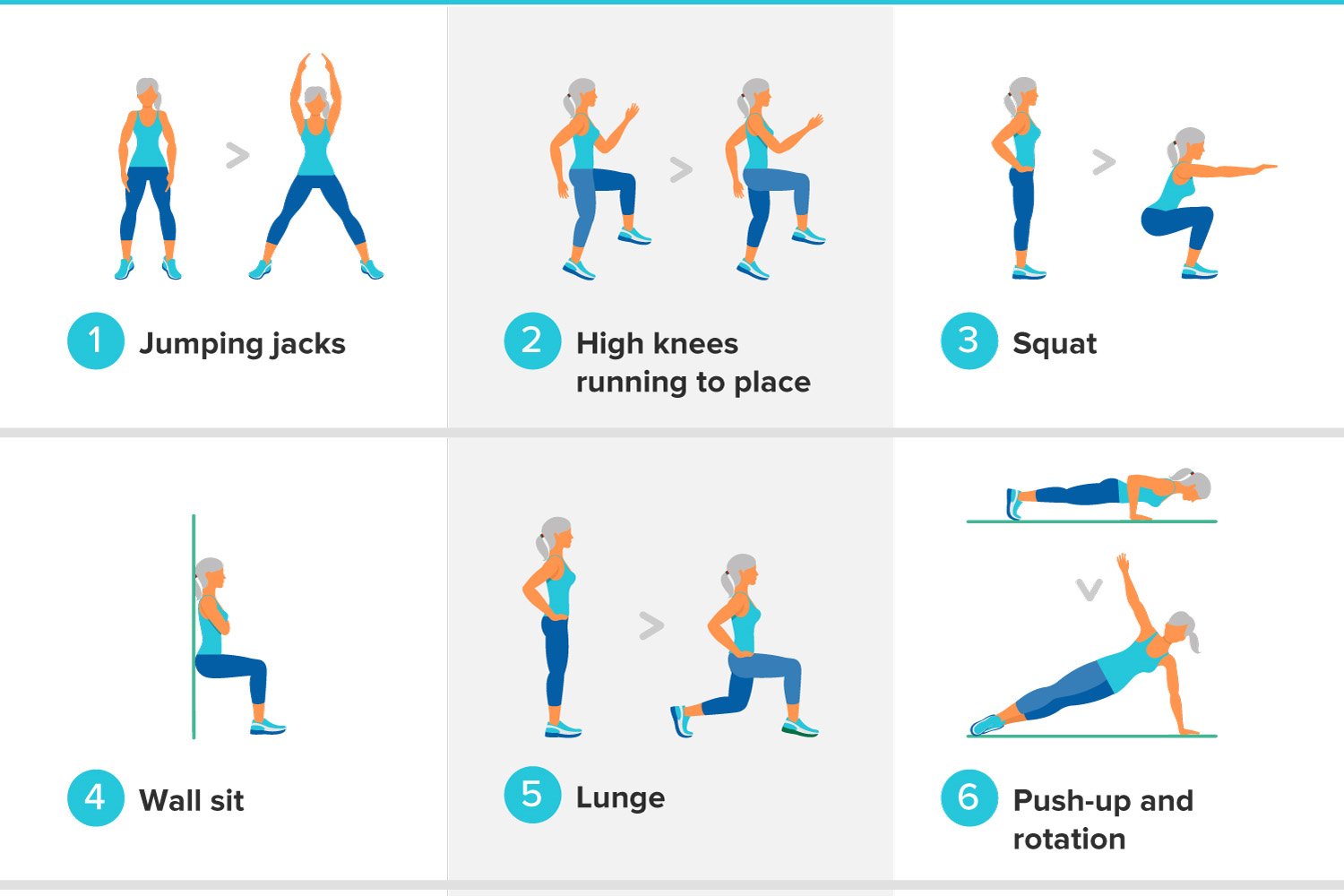Pulse of Information
Stay updated with the latest news and insights.
HIIT Happens: Why Short Workouts are Taking Over the Fitness World
Discover why HIIT is revolutionizing fitness! Uncover the science behind short workouts that deliver maximum results in minimum time.
The Science Behind HIIT: How Short Bursts of Exercise Deliver Big Results
High-intensity interval training (HIIT) has gained immense popularity in the fitness world due to its efficiency and effectiveness. The fundamental principle behind HIIT is to alternate between short, intense bursts of exercise and periods of rest or lower intensity. This approach not only elevates your heart rate but also maximizes calorie burn both during and after the workout through a process known as excess post-exercise oxygen consumption (EPOC). Studies have shown that engaging in HIIT can lead to significant improvements in cardiovascular health, fat loss, and metabolic function in a fraction of the time compared to traditional steady-state cardio.
Moreover, HIIT can enhance muscle endurance and strength by recruiting multiple muscle groups in a short duration. For example, a 20-minute HIIT session can involve a series of movements like burpees, jump squats, and mountain climbers, which not only challenge your muscles but also develop functional fitness. This variety keeps workouts exciting and prevents plateaus. Thus, the science behind HIIT demonstrates that short bursts of high-intensity exercise can deliver exceptional results, making it a highly efficient choice for individuals looking to maximize their workouts in minimal time.

Is HIIT Right for You? 5 Questions to Determine Your Fitness Goals
High-Intensity Interval Training (HIIT) has gained immense popularity for its efficiency and effectiveness, but is it the right choice for everyone? To determine if HIIT aligns with your fitness goals, consider these five crucial questions. Firstly, what are your primary fitness objectives? Whether you're aiming to lose weight, build endurance, or increase strength, understanding your specific goals can help clarify whether HIIT's rapid bursts of activity are suitable for you.
Secondly, assess your current fitness level. HIIT is best for individuals who have a foundational level of fitness, so if you're just starting out, you might want to begin with moderate exercise before transitioning to more intense workouts. Next, ask yourself how much time you can commit to your regimen each week. HIIT sessions can be short but require consistency to reap optimal benefits. Lastly, evaluate any injuries or health conditions you may have, as these could affect your ability to participate in high-intensity workouts safely. By reflecting on these questions, you can better understand if HIIT is the ideal fit for your personal fitness journey.
10 Benefits of HIIT Workouts That Will Change Your Approach to Fitness
High-Intensity Interval Training (HIIT) has revolutionized the way we approach fitness, offering a myriad of benefits that can elevate your workout routine. One of the most significant advantages of HIIT is its ability to burn calories efficiently. Studies show that HIIT can burn more calories in a shorter time compared to traditional steady-state cardio. This is because of the afterburn effect, known as excess post-exercise oxygen consumption (EPOC), where your body continues to burn calories long after the workout has ended. Moreover, HIIT workouts can easily be adjusted to fit into your busy schedule, allowing you to maximize results in minimal time.
Another remarkable benefit of HIIT is its impact on cardiovascular health. By alternating between intense bursts of activity and short recovery periods, HIIT improves both your aerobic and anaerobic capacity, significantly enhancing heart health. Additionally, HIIT workouts can help in building muscle while simultaneously burning fat, making it an effective strategy for body composition goals. Finally, the variety in HIIT routines keeps your workouts exciting, helping to maintain motivation over the long term. Incorporating HIIT into your fitness regimen can truly transform your approach to achieving and maintaining optimal health.